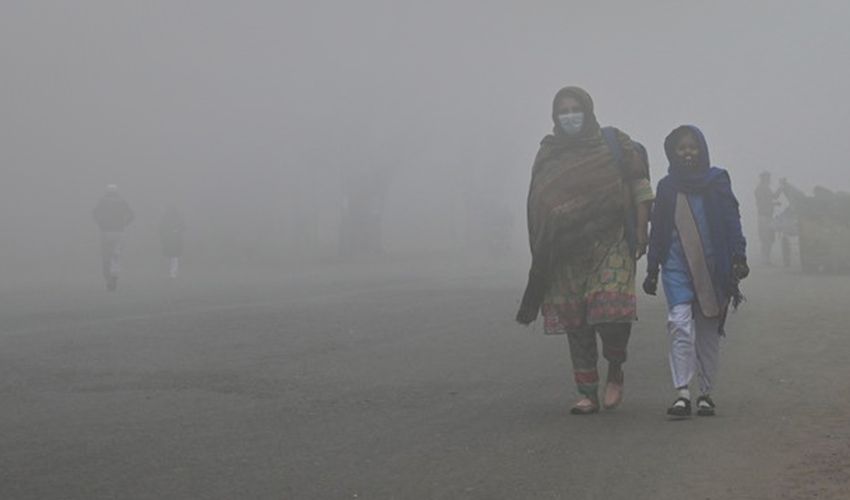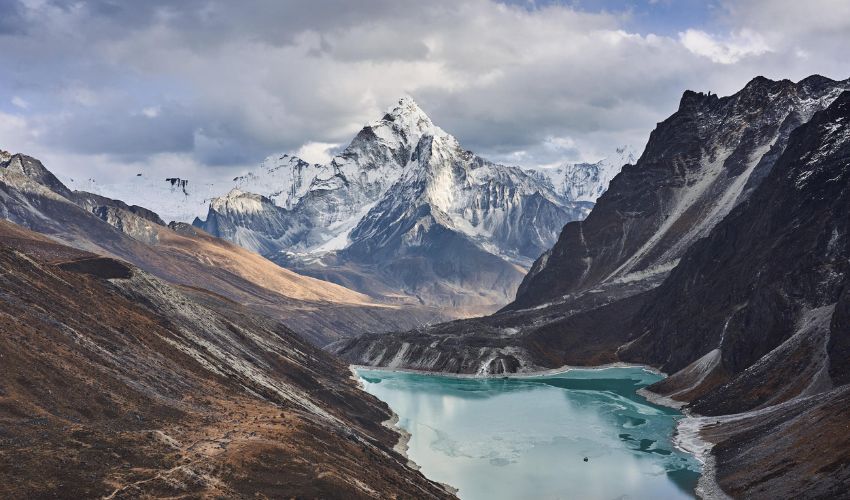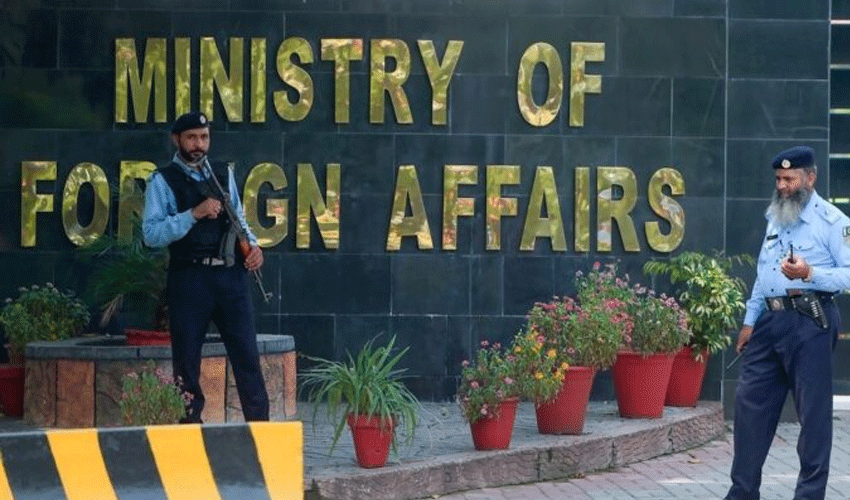The air quality in Lahore has deteriorated to hazardous levels, with the city's overall Air Quality Index (AQI) reaching an alarming 710, posing severe health risks for residents.
International air monitors recorded the AQI in Shadman at a staggering 1007, Defense Phase 5 and Gulberg both at 931, Davies Road at 798, Defense Phase 8 at 791, The Mall road at 743, and Ghazi Road at 710.
These figures reveal that the concentration of pollutants in Lahore’s air is currently 86.2 times higher than the World Health Organization's recommended safe limits.
To mitigate the crisis, authorities in Lahore have closed all schools and colleges, shifting classes online. Mask-wearing is mandatory, though many citizens have been reported ignoring safety guidelines. The worsening air quality has also forced the postponement of the Lahore Youth Festival.
In Multan, where the AQI has reached 402, the city ranks as Pakistan’s second most polluted area. Public and private educational institutions in Multan are closed until November 17 due to the smog, yet many children have been seen playing outside without masks, disregarding health precautions.
Similarly, Gujranwala has closed schools and colleges until November 17, as the smog blankets the area. Despite the severity, citizens express frustration over a lack of action against local smoke-emitting factories, which are significant contributors to the pollution.
In Faisalabad, the AQI has soared to 228, leading to school closures across the city. Citizens are facing many problems, including respiratory, while the district administration appears non-serious about mitigating the severity.
Health experts warn that the air quality is particularly hazardous for children and the elderly. Although the Environment Department has taken measures by sealing five factories, imposing fines and closing schools, residents are seen ignoring the orders of wearing masks.


























